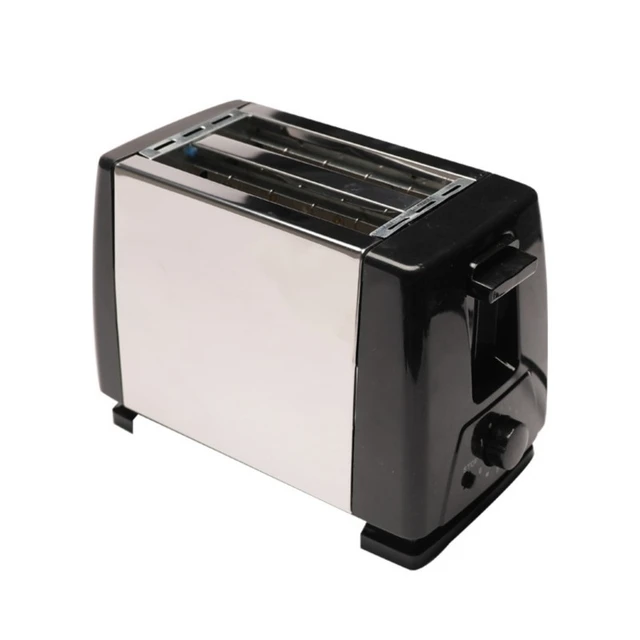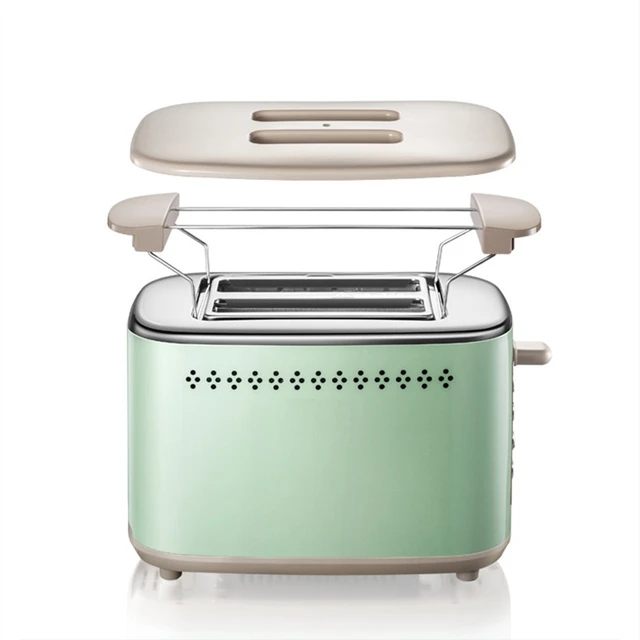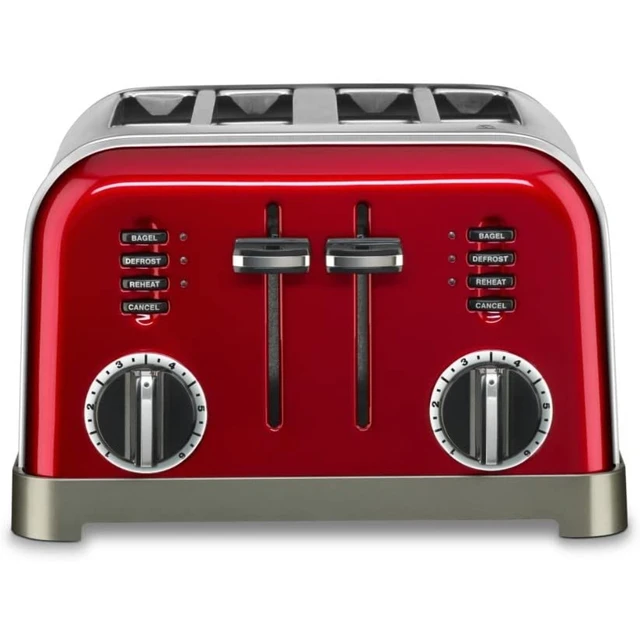Introduction
Have you ever wondered what the numbers on your toaster actually signify? Many people assume that they represent the level of toasting intensity, but there is often more to it than that. In this guide, we will explore the significance of the numbers on a toaster, discussing how they relate to temperature control, toasting preferences, and the various options available on different models. Understanding these numbers will help you achieve the perfect toast every time.

What are the numbers in the toaster for?
I. Basics of Toasting
-
Browning Process:
- Toasting bread involves the browning process, where heat applied to the bread causes the Maillard reaction, resulting in a desirable color, texture, and flavor. The degree of browning depends on the temperature and duration of exposure to heat.
-
Maillard Reaction:
- The Maillard reaction is a chemical reaction between amino acids and reducing sugars in the bread. It occurs when the bread reaches a certain level of heat, resulting in the characteristic browning and the formation of new flavor compounds.
II. The Purpose of Number Settings on a Toaster
-
Control of Toasting Time and Temperature:
- The numbers on a toaster serve as a way to control the toasting time and temperature. Each number represents a specific duration or level of heat, allowing you to customize the toasting process according to your preferences.
-
Consistency Across Toasting Cycles:
- Using the numbered settings on a toaster ensures consistency in the toasting process. By selecting the same number for subsequent toasting cycles, you can achieve similar results each time.

III. Understanding Different Numbered Settings
-
Variable Settings:
- To accommodate individual preferences, toasters often come with various numbered settings. These settings generally range from 1 to 7 or higher, although the exact numbers can vary depending on the brand and model.
-
Lower Settings:
- Lower numbered settings on a toaster correspond to shorter toasting times and lower temperatures. These settings achieve a lighter toast, with minimal browning and a softer texture.
-
Higher Settings:
- Higher numbered settings indicate longer toasting times and higher temperatures. These settings result in a darker and more toasted bread, with a crisper texture and enhanced flavor.
IV. Determining the Ideal Setting
-
Personal Taste and Preferences:
- Choosing the ideal setting for your toast depends on your personal taste and preferences. Some people prefer a lightly toasted bread, while others enjoy a deep golden brown or even a charred effect.
-
Experimenting with Settings:
- To determine your preferred setting, experiment with different numbered settings and observe the results. Begin with a lower setting, such as 2 or 3, and gradually increase until you achieve your desired level of toasting.
-
Adjusting for Different Bread Types:
- Keep in mind that different types of bread may require adjustments in the setting. Denser breads, such as bagels or rye bread, may need a higher setting for proper toasting, while softer breads like white or wheat bread may require a lower setting.

V. Additional Features on Modern Toasters
-
Frozen Setting:
- Many toasters now include a frozen setting specifically for toasting frozen bread products. This setting increases the toasting time slightly to compensate for the cold bread, ensuring it is toasted evenly and thoroughly.
-
Bagel Setting:
- The bagel setting on a toaster is designed to toast bagels by focusing heat primarily on one side. This results in a slightly toasted cut side and a warm, soft outer side. This feature is especially useful when toasting bagels to avoid excessive browning.
-
Reheat Setting:
- Some toasters include a reheat setting, which allows you to warm already toasted bread without further browning or crisping. This is useful if your toast has cooled down or if you want to revive stale bread without additional toasting.
VI. Additional Factors to Consider
-
Power Variances:
- Keep in mind that the numbered settings on a toaster may not correspond precisely to the same temperature or toasting time across different brands or models. Power variances can affect the heat output of toasters, so it is essential to observe the actual toasting results and adjust accordingly.
-
Observing the Toasting Process:
- Pay attention to the toasting process to ensure that the bread is not under-toasted or over-toasted. To prevent burning or excessive browning, monitor the toast as it progresses and remove it from the toaster when it reaches your desired level of doneness.
-
Safety Precautions:
- Always follow safety guidelines when using a toaster. Avoid inserting objects other than bread into the toaster slots, as this can cause damage or malfunction. Additionally, be mindful of heat generated by the toaster during and immediately after the toasting process.

VII. Maintenance and Cleaning
-
Regular Cleaning:
- To maintain optimal performance and reduce the risk of fire hazards, it is crucial to clean your toaster regularly. Refer to the manufacturer’s instructions for specific cleaning guidelines. Ensure the toaster is unplugged and completely cooled before cleaning, and avoid immersing the toaster in water or using abrasive cleaning agents.
-
Crumb Tray:
- Many toasters have a removable crumb tray located at the bottom to collect crumbs and debris. Regularly clean and empty this tray to prevent build-up and potential fire risks.
IX. Troubleshooting Common Toasting Issues
-
Uneven Toasting:
- If you’re experiencing uneven toasting, where one side of the bread is toasted more than the other, position the bread slices in the toaster slots so that the side that needs more toasting is facing the heat source. Additionally, rotating the bread halfway through the toasting process can help achieve more even browning.
-
Inconsistent Results:
- If you find that your desired level of toasting isn’t consistent across different slices of bread or toasting cycles, it may be beneficial to preheat the toaster before toasting. Allow the toaster to warm up for a few minutes before inserting the bread to ensure more consistent results.
-
Excessive Browning or Burning:
- If your toast comes out excessively browned or burnt, try lowering the numbered setting on your toaster. Start with a lower setting and gradually increase until you achieve the desired level of toasting without burning. Additionally, keeping a close eye on the bread during the toasting process and removing it promptly when it reaches the desired doneness can help avoid burning.
-
Insufficient Browning:
- If your toast consistently comes out under-toasted or insufficiently browned, consider increasing the numbered setting on your toaster. Experiment with higher settings until you achieve the desired level of toasting without burning. It may also be helpful to lengthen the toasting time by running the bread through an additional toasting cycle.

VIII. Conclusion
The numbers on a toaster represent the duration and temperature of the toasting process. With these numbered settings, you can customize the level of browning and crispness according to your preferences. Experiment with different settings to determine your ideal toasting level, taking into account personal taste, bread type, and the desired texture.
Keep in mind that different toasters may have unique features and variations in temperature and toasting time, so it is essential to become familiar with the specific toaster you are using. By understanding how to use the numbered settings and observing the toasting process, you can consistently achieve the perfect toast that suits your taste buds.


